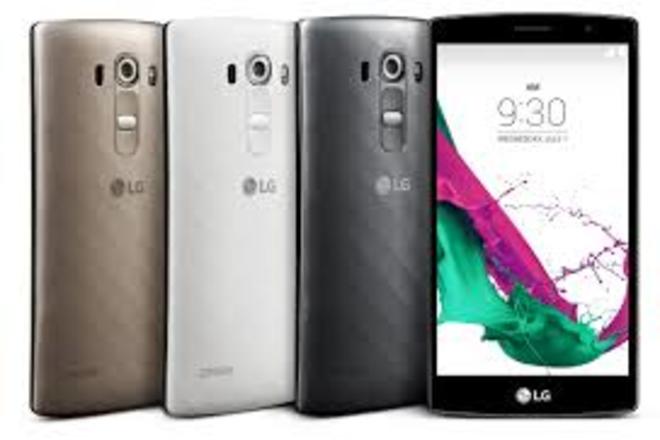LG G4: The successor to G3
The LG G4 was introduced as the successor to the highly-regarded G3, solidifying LG’s presence in the premium smartphone segment. Launching after a period of intense anticipation, this flagship device successfully took the user experience of its predecessor to the next level through a blend of sophisticated design, a revolutionary display, and professional-grade camera technology.
Design and Aesthetics
Moving beyond conventional designs, the G4 adopted a subtle curvy profile inspired by the G Flex series, which provided a more natural and secure grip. The most distinctive feature, however, was the introduction of an optional, handcrafted stitched leather back. This choice of high-quality, genuine material gave the G4 a tangible sense of luxury and class, allowing the phone to develop a natural patina over time and stand out significantly in a market dominated by metal and glass.
Quantum Display
At the heart of the LG G4’s visual prowess is its 5.5-inch Quad HD (2560 x 1440 resolution, 538 PPI) IPS Quantum Display. This new display technology from LG was engineered to offer a superior viewing experience. It delivered greater color reproduction, exceptional brightness, and deeper contrast than standard IPS panels, making tasks like browsing the web, chatting on applications like WhatsApp, and streaming video content incredibly easy and pleasing for the eyes.
Pro-Grade Camera Experience
The G4 was a game-changer in mobile photography, incorporating a superior camera system designed for both casual users and serious enthusiasts. The 16-megapixel rear camera features a fast F1.8 aperture lens, which is crucial for capturing bright, clear images in low-light conditions. This was complemented by Optical Image Stabilization 2.0 (OIS 2.0) for sharper photos and smoother video.
For added photographic capability, the rear camera utilizes a Color Spectrum Sensor (CSS), a technology that analyzes the ambient light to accurately measure the exact color and white balance, ensuring the most natural-looking images. The front-facing 8-megapixel camera was perfect for high-quality selfies. Critically, the camera software included a full manual mode that allowed advanced users to control parameters like shutter speed, ISO, and white balance, and even save images in RAW format for professional-level post-processing.
Key Features
| Display | 5.5-inch |
| Resolution | 2560 x 1440, 538 PPI |
| OS | Android 5.1 Lollipop |
| RAM | 3GB LPDDR3 RAM |
| Memory | 32GB MMC ROM (MicroSD slot) |
| Rear camera | 16 MP with F1.8 Aperture / OIS 2.0 |
| Front camera | 8 MP |
| Battery | 3,000 mah (removable) |
| Chipset | Qualcomm Snapdragon 808 chipset with the hex-core processor |
Power and Intuitive Software
The LG G4 is powered by a Qualcomm Snapdragon 808 processor with X10 LTE and 3 GB of RAM, delivering smooth and responsive performance. It was initially launched with Android 5.1 Lollipop OS and overlaid with LG’s “human-centric” UX 4.0 user interface. This UX was claimed to be simpler and more intuitive than previous versions, streamlining tasks and eliminating unnecessary steps while still offering ample configuration options for advanced users. The device also featured a 3000 mAh removable battery, which was touted to provide 20 percent longer life than earlier models, a welcome feature for power users on the go.
The LG G4 successfully combined high-end specifications with a focus on tactile luxury and a professional camera experience, positioning it as a truly premium and memorable device in its generation.










